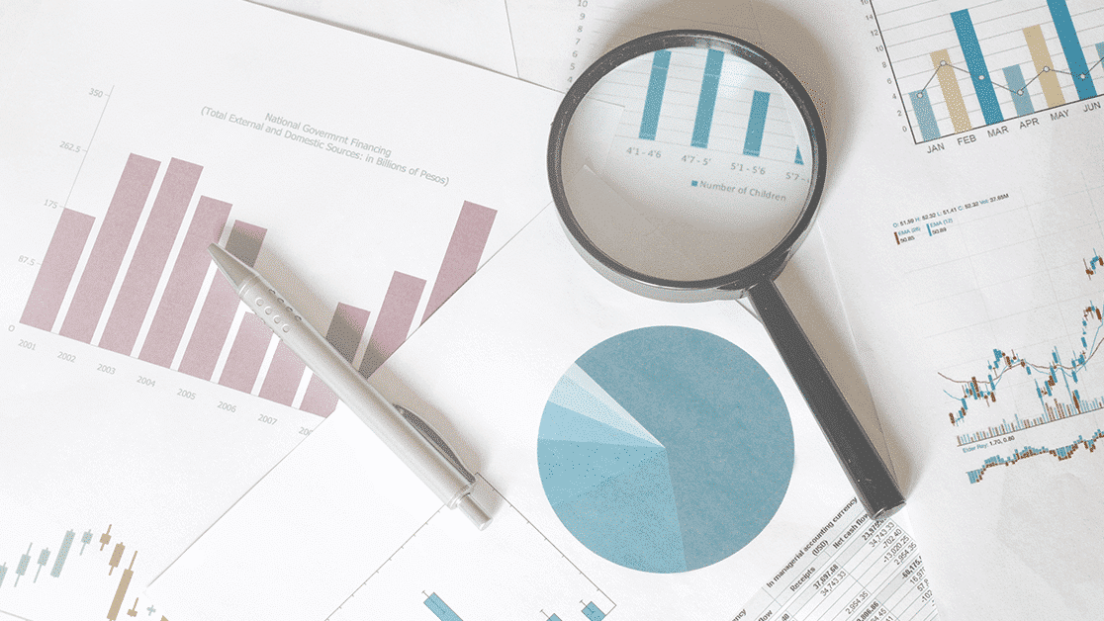New perovskite solar cells pass the lead test

Researchers at the University of Applied Sciences Northwestern Switzerland have shown that the lead contained in the new and well-packaged perovskite solar cells hardly leaks out. Now they are developing processes to recover the heavy metal from old cells and recycle it.
A research group from the University of Life Sciences ( HLS ) of the University of Applied Sciences Northwestern Switzerland (FHNW) gives the all-clear: their tests show that the lead contained in the new perovskite solar cells is just as little washed out as all other functional metals, even if there is any weather damage. The cells were able to withstand rainwater and hail tests without the metal concentration in the rainwater increasing noticeably.
The prerequisite for a low environmental risk is that the solar cells are packed according to commercial standards. But "even with poor packaging, only 5 to 10 percent of the total lead content in rainwater was measured over several months," HLS doctoral student Felix Schmidt is quoted in a report by the FHNW. “We currently see little cause for concern with regard to the possible environmental impacts of lead.” However, this sensitive topic must be communicated transparently with regard to the social acceptance of this technology.
Permoskite solar cells are considered to be the future of photovoltaics. Tremendous advances in research have increased their efficiency from initially 3 to almost 30 percent in the past few years. It is thus just above that of traditional silicon cells.
Perovskite is the collective term for new materials, the crystal structure of which is similar to the natural mineral, also known as perovskite. Perovskites absorb light particularly efficiently and conduct the electricity generated well. They are both inexpensive and easy to manufacture and process. Among other things, two national research programs are running in Switzerland. They are designed to encourage the rapid adoption of this disruptive technology.
Now you have to think about “what will happen to the solar cells at the end of their lifespan”, continues Schmidt. "That is why we are currently developing ways to completely extract lead from old cells and use it again in new cells."